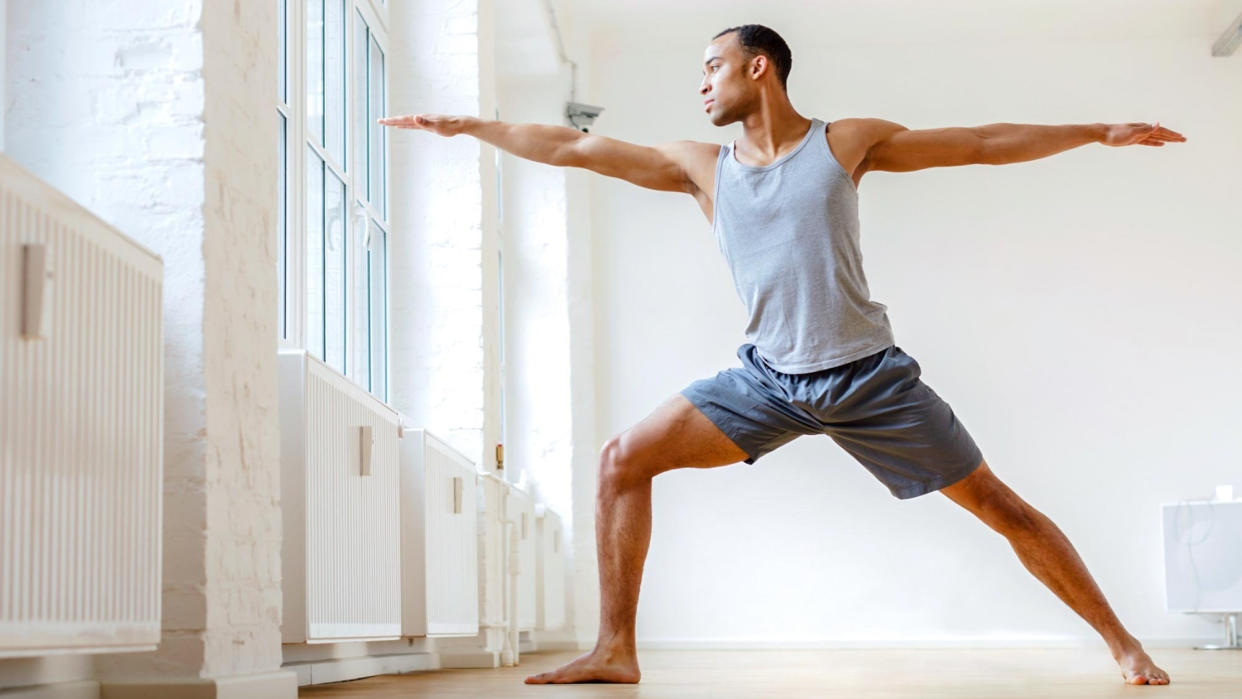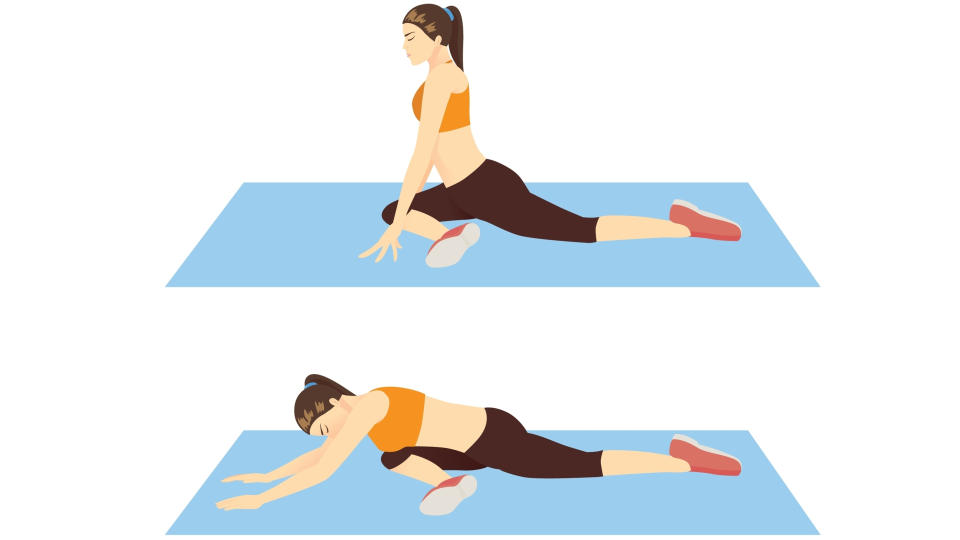I run 50 miles a week and this is my go-to 20-minute yoga-for-runners workout to boost my flexibility

There are a lot of ways to support your body when you run regularly. Picking up a pair of the best running shoes is a good place to start, then you can look at strength training for runners and using recovery tools like massage guns and foam rollers.
My favorite form of support as a regular runner who usually logs 50 to 70 miles a week is yoga for runners. In particular, there's one video I found on Ekhart Yoga’s YouTube channel in 2018, when training for the Valencia Marathon. Since then, I’ve done this yoga-for-runners workout 2-3 times a week on average, sometimes more during demanding marathon training weeks.
I’ve probably done the video more than 250 times in total, and I find it perfect for stretching after tough sessions and long runs. I’ve been pretty lucky with injuries in this time and while no-one would call me flexible, I’m convinced doing this workout regularly has helped to look after my body.
During this time, I’ve tried many other yoga-for-runners sessions on YouTube, and while there are some I like, the Ekhart Yoga session is by far my favorite, partly because it doesn’t involve a lot of sitting poses, which I find very hard owing to my general lack of flexibility in the hips. It's still worth rolling out one of the best yoga mats for the session though, as there are some floor-based moves to do.
What is the yoga-for-runners workout?
The yoga-for-runners session is 20-minutes long, and it’s a flow session where you go from one move to the next, holding the key stretches for long periods. It’s best done after a tough run, though it doesn’t need to be straight after. I usually do the workout in the evenings and always feel better for it the following day.
To benefit runners in particular, the sessions focus on stretching the lower body — in particular the calf muscles, hamstrings, glutes, quads and hips. Moves like downward-facing dog and warrior pose are held for long periods, and you also stretch out your back.
As mentioned above most of the workout is done standing or kneeling, rather than doing seated poses, which I find very difficult. Many runners have tight hips and hamstrings like me, so this mostly-standing approach is helpful for actually being able to get into the poses and stretch the right parts of the body.
That is the most important part of this workout, as with most yoga sessions, that you are stretching the right muscles with each move. The instructor gives lots of form tips and says where you should feel the stretch, so pay attention to her to get the most from the routine. I’ve applied the advice I get in this session to lots of other yoga I’ve done, especially how to do the warrior 2 pose correctly.
Over time, I’ve added my own moves into this routine to target parts of the body I particularly need to stretch after runs. At one point, the instructor asks you to hold a tree pose on each leg, which is beneficial, but I prefer to use this time to do the pigeon pose and the world’s greatest stretch to target my hips and glutes more.

I also use a variation for the quad stretch near the end of the workout — I just do a standing stretch where I pull my heel in toward my butt instead of the floor-based move. Then I skip the final stretch, which is a seated one that I find difficult, instead lying on my back and using a strap looped around my foot to stretch my hamstrings by raising my legs.
The workout itself is a great base to start with to aid your running recovery, but making little amends like this to suit your own needs is worthwhile over time, especially if you also end up doing the routine several times a week for years.

